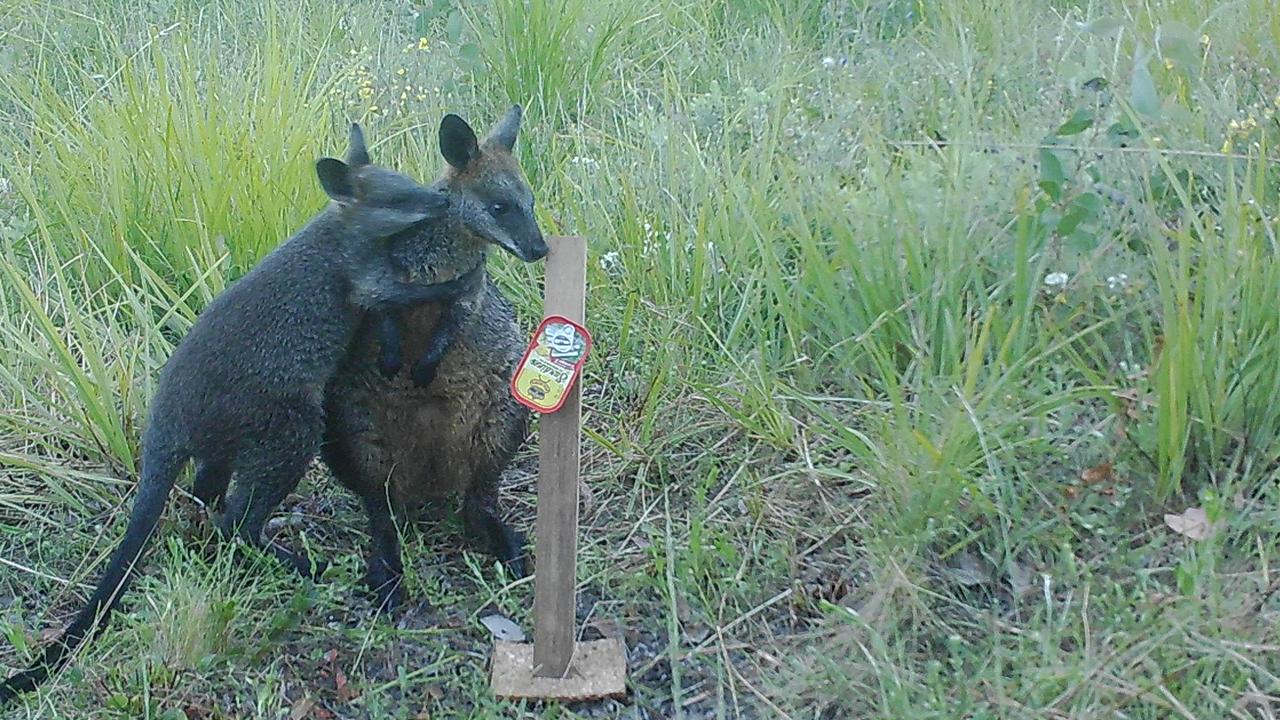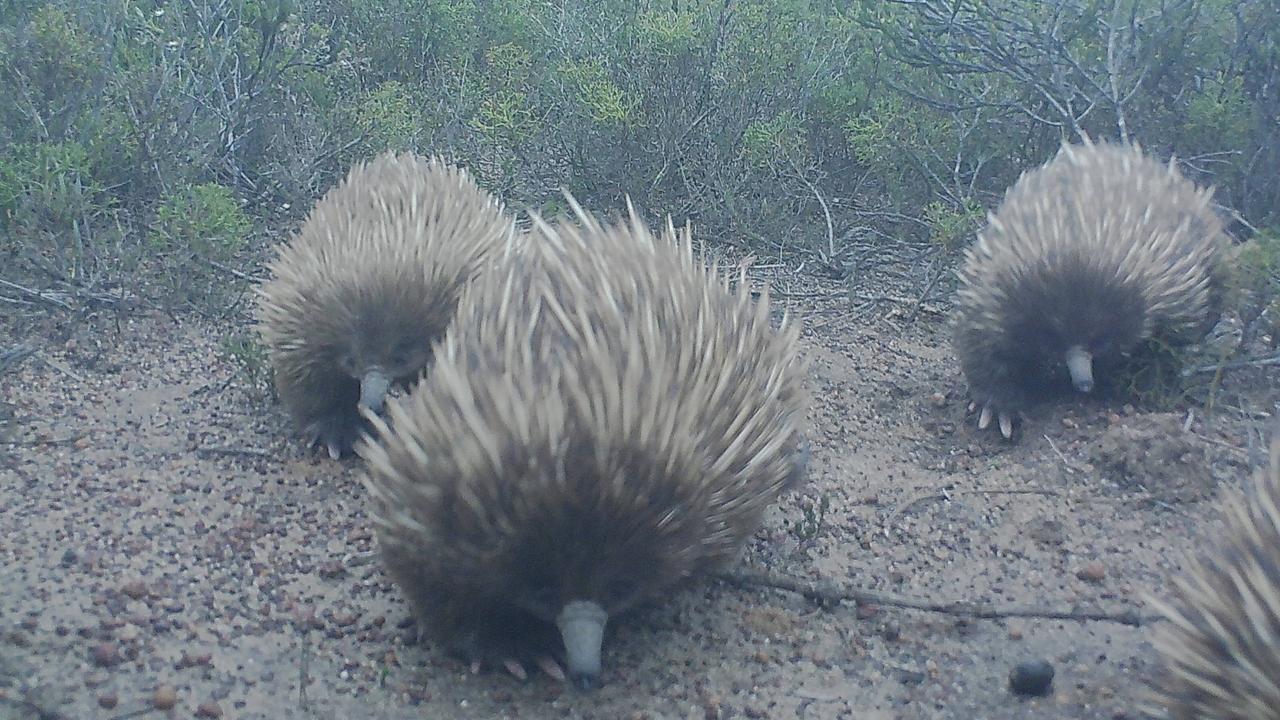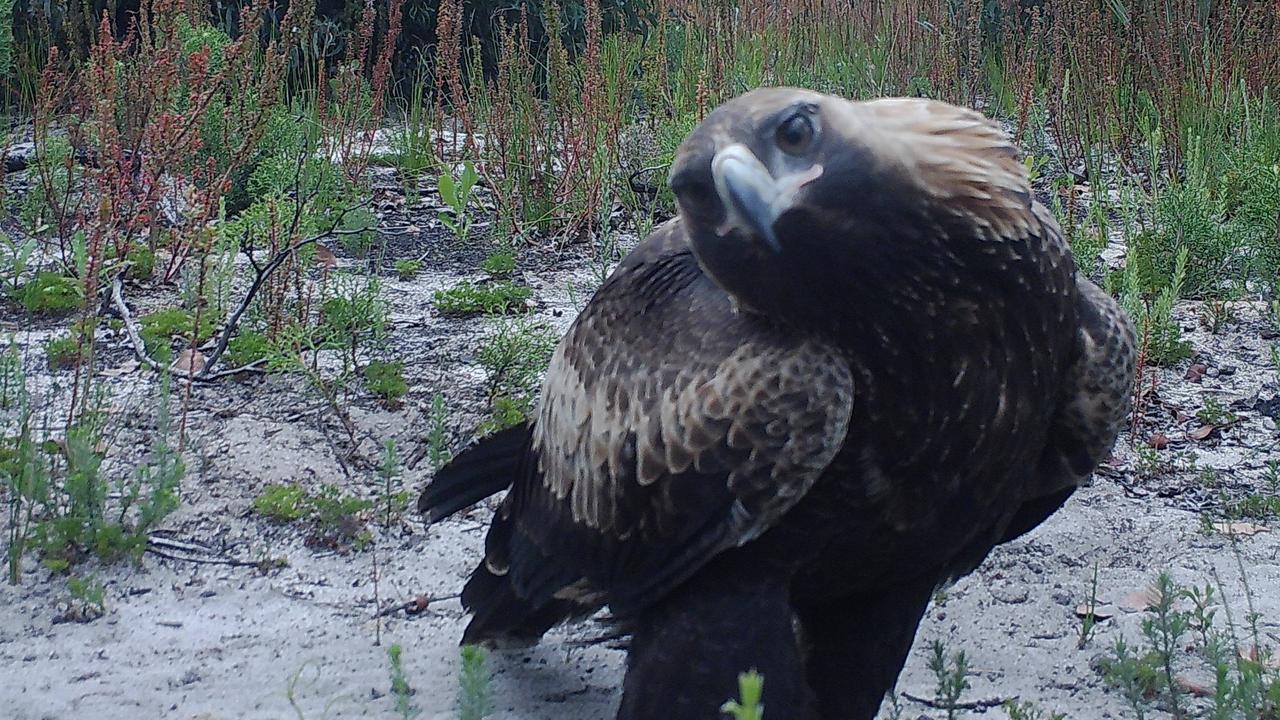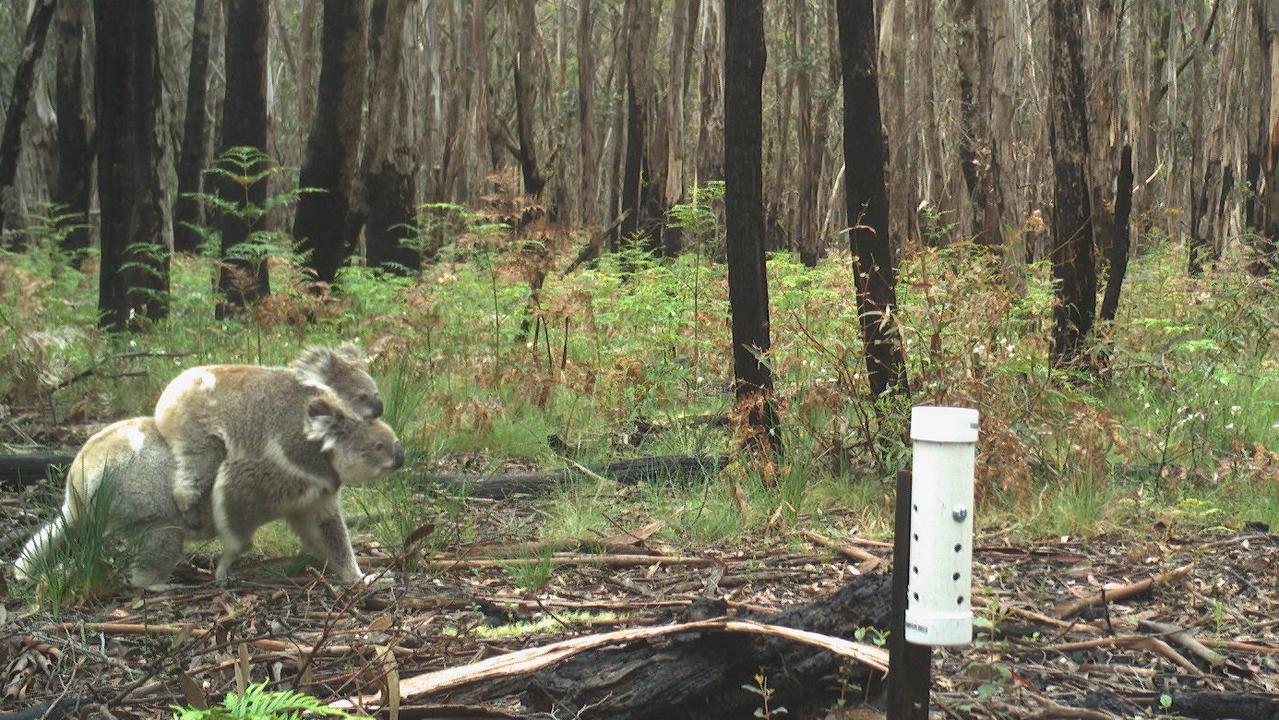Wildlife bounces back from Black Summer bushfires, with surprising discoveries captured on camera
Images captured by motion-triggered cameras in areas devastated by the Black Summer bushfires have revealed a promising bounce back for native species in Australia

READING LEVEL: GREEN
Three years on from the Black Summer bushfires, images from sensor cameras* placed in the wilderness show Australia’s native species* bouncing back – and serving up a few surprises for scientists.
The images, released by WWF*, were snapped on 1100 motion-triggered cameras* set up in eight regions across south east Australia ravaged during the Black Summer fires.
A Google AI platform* called Wildlife Insights was used to sift through the more than seven million images that were generated, and identify individual species.

Among the oddities caught on camera was a rarely-seen “echidna train” on Kangaroo Island. Ordinarily the animals are solo travellers, but occasionally multiple love struck males will trundle* after a female in hopes of a mating opportunity.

Also on Kangaroo Island, the cameras recorded dunnarts in 23 out of 25 locations, described as an “amazing and promising” result by WWF research program manager Emma Spencer, given the 2020 blazes* destroyed more than 90 per cent of their habitat*.
Researchers were also jubilant to discover brush tailed rock wallabies in areas of northern NSW where they’d not been spotted before, and koalas – which officially joined the endangered* list in 2022 – in places where it was feared there would be no survivors.
“We collected quite a few shots of koalas, which was really positive, especially in those areas where the entire canopy* was blasted away by the flames,” Ms Spencer said.
“How does a koala get out here in this high burnt country? How did it survive? There have been some really cool surprising findings like that.”

Less cool, but still useful, were the snaps taken of feral* foxes and cats, revealing the extent of the problem of invasive species* and informing where control efforts should be focused.
The AI platform developed the ability to recognise 150 Australian species during the course of the project, including some tricky ones like the dunnart, which looks like a mouse to the untrained eye.
Program manager with Google Earth Outreach Tanya Birch said the project showed the value of AI technology* in helping with real-world problems like monitoring bushfire recovery.
“Traditional wildlife surveys were painstaking and time consuming, requiring researchers to manually review images, one by one,” Ms Birch said.
“This new technology automatically detects species in seconds. This enables speedier conservation* decision making, so land managers* can take action to protect vulnerable Australian animals.”

Ms Spencer said the cameras had snapped “pretty much every species we’ve been hoping to get”, but the animals remained vulnerable*.
“With climate change we’re expecting to see more fires like we saw in 2019 and 2020, and if we continue to get more frequent fires that are of this intensity, this severity, some of these species are unlikely to persist,” she warned.
GLOSSARY
- sensor cameras: cameras that can detect motion and take pictures automatically
- species: a type of plant or animal that is unique and can produce offspring of the same type
- WWF: World Wildlife Fund, an international organisation that works to protect wildlife and their habitats
- motion-triggered cameras: cameras that take pictures when they detect movement
- Google AI platform: a software tool developed by Google that uses artificial intelligence to identify individual species from camera images
- trundle: an act of moving slowly or heavily
- habitat: the natural environment where an animal or plant species normally lives
- blazes: wildfires or large fires that burn out of control
- endangered: a species that is at risk of extinction because of habitat loss, poaching, or other factors
- canopy: the upper layer of trees in a forest or other wooded area
- feral: wild animals that are not domesticated and are not under human control
- invasive species: non-native species that cause harm to the ecosystem they invade.
- AI technology: technology that uses artificial intelligence to perform tasks that normally require human intelligence
- conservation: the act of protecting and preserving the natural environment and its resources
- land managers: people who are responsible for managing and preserving land for the public good
- vulnerable: a species that is at risk of harm or extinction because of environmental changes or other factors
EXTRA READING
New Kosciuszko koalas adapted to survive
Koalas to be listed as endangered
New frontier of NSW firefighting
QUICK QUIZ
- What is the purpose of the motion-triggered cameras set up in eight regions in Australia?
- How many motion-triggered cameras had been set up?
- What surprising discovery did researchers make about echidnas on Kangaroo Island?
- How did the Black Summer bushfires impact the habitat of the dunnarts?
- How did the use of AI technology in monitoring bushfire recovery help land managers take action to protect vulnerable Australian animals?
LISTEN TO THIS STORY
CLASSROOM ACTIVITIES
1. What surprised you?
What is the most surprising thing that you have learned from the story? Write the reasons why.
Time: allow 10 minutes to complete this activity
Curriculum Links: English, Science
2. Extension
What does this story tell you about the benefits of using AI? Write a paragraph that explains your answer.
Time: allow 20 minutes to complete this activity
Curriculum Links: English, Science, Information Technologies
VCOP ACTIVITY
Wildlife words
Practise understanding new words related to Australian wildlife and conservation through a fun oral language game.
How to play:
- Choose some new words related to Australian wildlife and conservation from the article, such as echidna, dunnarts, brush tailed rock wallabies, and invasive species.
- Write each word on a separate piece of paper and place them in a bowl or hat.
- Take turns picking a word from the bowl and reading it out loud.
- As part of your turn, describe the animal or explain the word. Add any interesting facts of extra information that you remember from the article or study.
- You can award points for each correct answer or interesting fact shared.
- Repeat the process with other words until everyone has had a chance to play.
Extension:
To make the game more challenging, you can add a timer and give each child only 30 seconds or a minute to explain the word.
The other kids in the group can add more information after the speaker has finished to try and earn bonus points.
Create a ‘I wonder …’ question about the animal to finish your turn.
Additional activity:
Draw a picture of your favourite Australian animal and write a short story about it trying to use facts that you know. Try and include a description of the animal and its habitat as part of the story.

